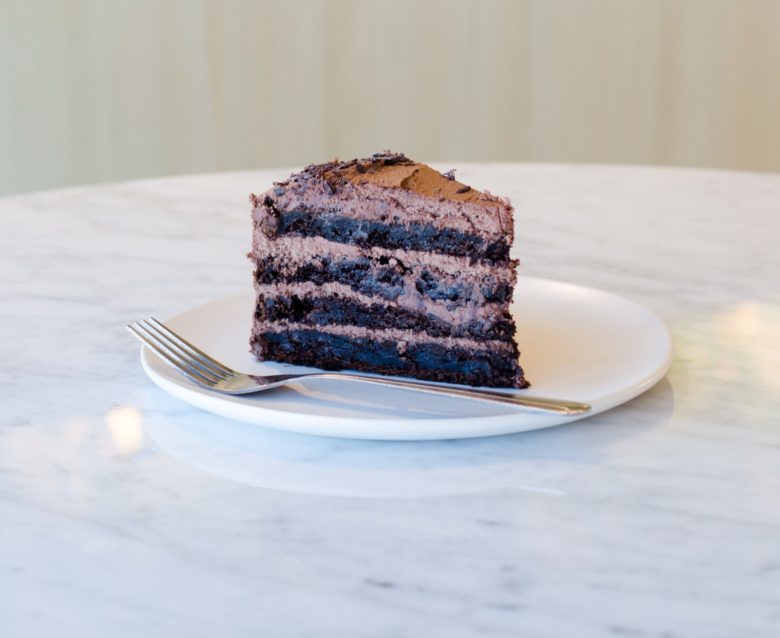
There are certain times in life when money can be in short supply and the proverbial belt needs tightening. Usually, this is the case as a student and early on in your career but disposable income can be tight in mid-life too; the arrival of a family coupled with mortgage debt being one example.
For many, there is never enough money to go around, possibly because earnings potential is limited yet the cost of living continues its continuous march ever upwards.
For others, the lifestyle grows to match increased earnings as careers progress. This is what psychologists refer to as hedonic adaption or hedonic creep. “I’ve got more money, so I’m going to enjoy it” is an understandable but perhaps short-term mindset; I know of a large number of people who earn well but seem to have little leftover at the end of the month.
Sometimes, a period of penury is a result of career and lifestyle choices. For my wife and me, this happened when I choose to leave the sanctuary of employment to set up this business, which happened to coincide with her redundancy and the birth of our second child.
It wasn’t an easy time; you don’t fully appreciate the regular paycheck until it is gone but it was intended so it was not something we were going to complain about. We also took the steps to make sure we had sufficient cash reserves in advance so the loss of earnings could be absorbed to some extent.
What we have found to be an unexpected benefit to cutting back hard on our lifestyle was that it has helped to understand what we value and what were actually costs that were habitual and repeated but not valued.
Naturally, there are expenses we couldn’t avoid: the mortgage, utility bills, council tax and food for example. But even the food bill we managed to trim extensively by reducing our meat consumption (a win double for the environment and our diet too).
Other expenses we removed (Sky TV, holidays); avoided (Amazon Prime, because who needs anything that quickly? And, free deliveries are often quicker than expected); reduced (streaming services and not going out quite as much) but others we retained because they were nominal (Netflix) or were important to us (periodic socialising and clubs and activities for the children).
When the time came that our disposable income started to rise again we had a good foundation from which to work out what our short, medium and long-term priorities are and allocate our money accordingly. So, like the layers of a cake our spending was built up layer by layer:
- Essential expenditure,
- Short-term discretionary allowances for things we needed or valued,
- Saving for the long-term priorities (for example, retirement and paying off the mortgage),
- Saving for short to medium-term priorities (for example, having a regular saving habit for annual holidays so that we don’t need to find the money from savings when we needed to pay for them),
- Treats and other luxuries that were affordable once everything else was catered for.
The really interesting thing is that, once you go through a period of belt-tightening and come out the other side, if you know what is most important to you, the luxuries are of less importance than they would be if money has just steadily increased over the years without any examination of where it was going.
If you are at the point where you are wondering if your money is being put to the most appropriate use, going through this expenditure questionnaire (check your downloads folder) will be a worthwhile exercise for you.
Photo by Will Echols on Unsplash






